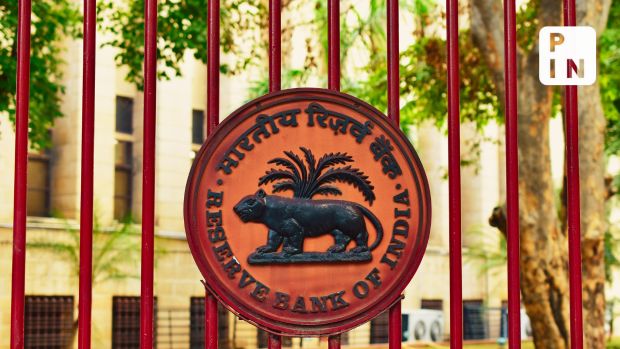- | 4:00 pm
RBI nudges banks to shore up balance sheets, pushes for robust governance
Regulator notes bank assets are at their healthiest in a decade, but calls on shadow banks to focus on widening their funding sources and reduce overdependence on banks

The gross non-performing asset (GNPA) ratio declined to a new decadal low, the Reserve Bank of India (RBI) said in a report, while urging Indian banks and shadow lenders to further shore up their balance sheets through robust governance.
The improvement in asset quality of banks that began in 2018-19 continued into the first half of this fiscal year, with GNPA ratio coming in at 3.2% at end-September, RBI said in the “Trends and Progress Report for 2022-23”.
The Indian banking system and non-banking financial companies (NBFCs) remain sound and resilient, backed by high capital ratios, improved asset quality and robust earnings growth, RBI said in the report, which is published annually.
But, looking ahead, given the increasing interconnectedness between banks and NBFCs, the latter should focus on broadbasing their funding sources and reduce overdependence on bank funding, the central bank cautioned.
Concerted efforts by all stakeholders are required to protect the banking system and the payments system from the risks of fraud and data breaches emanating from cyber threats, RBI said, while adding that banks and NBFCs need to further strengthen their balance sheets through robust governance and risk management practices to meet the growing aspirations of the Indian economy.
RBI also said lenders are better placed now to manage non-performing loans than in the aftermath of the 2008 global financial crisis, owing to higher capital buffers and stricter supervisory standards.
But, going forward, higher interest rates could dampen economic growth and put stress on asset quality in sectors such as CRE, RBI said while pointing out that office-vacancy rates, especially in the US, are higher now than after the financial crisis, reflecting entrenched work-from-home habits.
The consolidated balance sheet of NBFCs grew by 14.8% in 2022-23, led by double digit credit growth, RBI noted, while highlighting that profitability and asset quality of the sector also improved even as the sector remained well-capitalized with capital-to-risk weighted assets ratio higher than the regulatory requirement.
The Reserve Bank also noted a jump in the consolidated balance sheet of scheduled commercial banks.
Credit to retail and services sectors drove a 12.2% jump in the consolidated balance sheet of scheduled commercial banks (SCBs) in 2022-23, RBI said, while adding that deposit growth also picked up, although it trailed credit growth.
Their exposure to sensitive sectors such as real estate and capital markets rose at a faster clip in 2022-23 and accounted for 24.3% total loans and advances.
The capital-to-risk weighted assets ratio of these banks was 16.8% at end-September, with all bank groups meeting the regulatory minimum requirement and the common equity tier 1 ratio requirement, the central bank said in the report.
Both ratios are financial metrics used to evaluate a bank’s capital adequacy by comparing its capital against its potential risk exposures.
Higher net interest income and lower provisioning boosted net interest margin and profitability in 2022-23, RBI said













